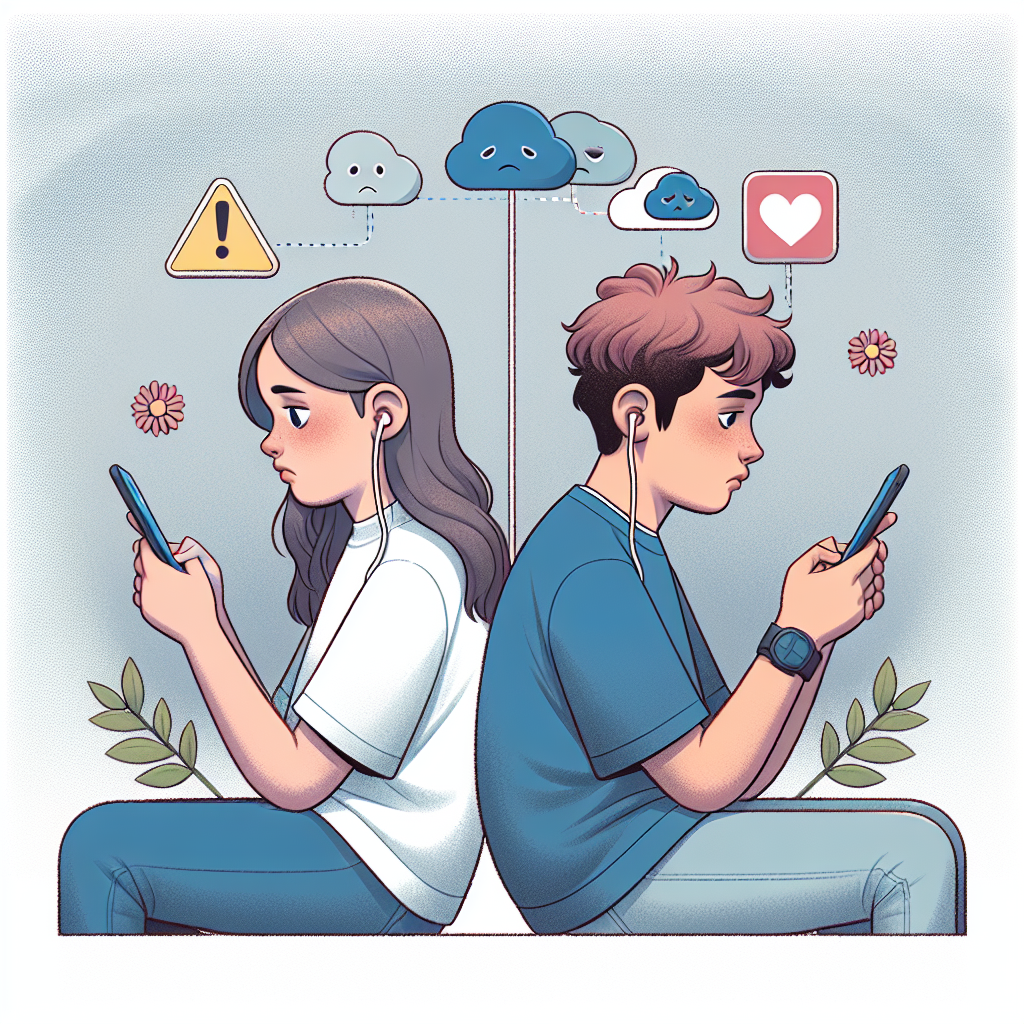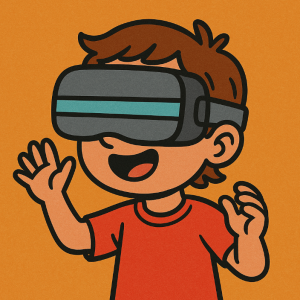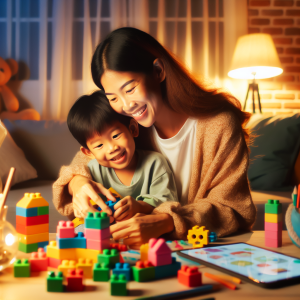
How Smartphone Usage Impacts Children Under 13
In the age of digital connectivity, smartphones have become ubiquitous, even among our youngest generations. However, recent research highlights a growing concern: the impact of smartphone usage on the mental health of children under 13. This blog post explores how these devices can affect young minds and offering insights into the steps parents and educators can take to safeguard the well-being of children.
Understanding the Risks
Studies suggest that early exposure to smartphones is linked to several mental health challenges. According to research, children who receive a smartphone before age 13 face a higher risk of developing mental health issues later in life. This includes increased rates of anxiety, depression, and symptoms of distress, largely driven by social media, cyberbullying, and excessive screen time.
The Science Behind Smartphone Usage and Mental Health
The connection between smartphone usage and mental health can be attributed to various factors. The instant gratification and constant feedback loop provided by social media platforms can alter a child’s brain chemistry, making them more susceptible to external validation. This dependency can lead to increased stress and anxiety levels.
- Sleep Disruption: Smartphones can interfere with sleep patterns, a critical component of good mental health. The blue light emitted by screens suppresses the sleep hormone melatonin, leading to inadequate sleep which can exacerbate feelings of stress and anxiety.
- Social Media and Cyberbullying: The accessibility of social media exposes children to cyberbullying, which is known to have severe impacts on mental health, leading to increased rates of depression and suicidal thoughts.
Challenges for Parents and Educators
For parents and educators, managing smartphone use among children can be daunting. The challenge lies in balancing the benefits of technological literacy with the risks of overexposure. It’s crucial to set boundaries and create a supportive environment.
Strategies for Mitigation
- Setting Limits: Establish clear rules about smartphone usage, especially before bedtime to ensure healthy sleep habits. It’s essential to create tech-free zones and times, such as during meals and family gatherings.
- Encouraging Offline Activities: Promote activities that do not involve screens, such as reading, outdoor play, or arts and crafts to engage children in the physical world.
- Open Communication: Maintain an open dialogue about the dangers of excessive smartphone use. Help children understand the importance of maintaining a balance between their digital and real lives.
The Role of Policymakers and Society
While families can take preventative steps, broader societal change is also necessary. Policymakers can implement regulations to limit smartphone access to younger children and promote digital literacy programs that inform about safe online behavior.
Conclusion
Smartphones, while beneficial, have a double-edged relationship with the mental health of young users. Awareness and preventive measures are vital in mitigating these risks. By fostering a wholesome environment that prioritizes well-being, society can ensure that children grow up healthier and more resilient, armed with the skills to navigate their digital futures safely.
For a more comprehensive understanding, explore these resources from the American Psychological Association, which provide strategies for managing social media usage among adolescents.


